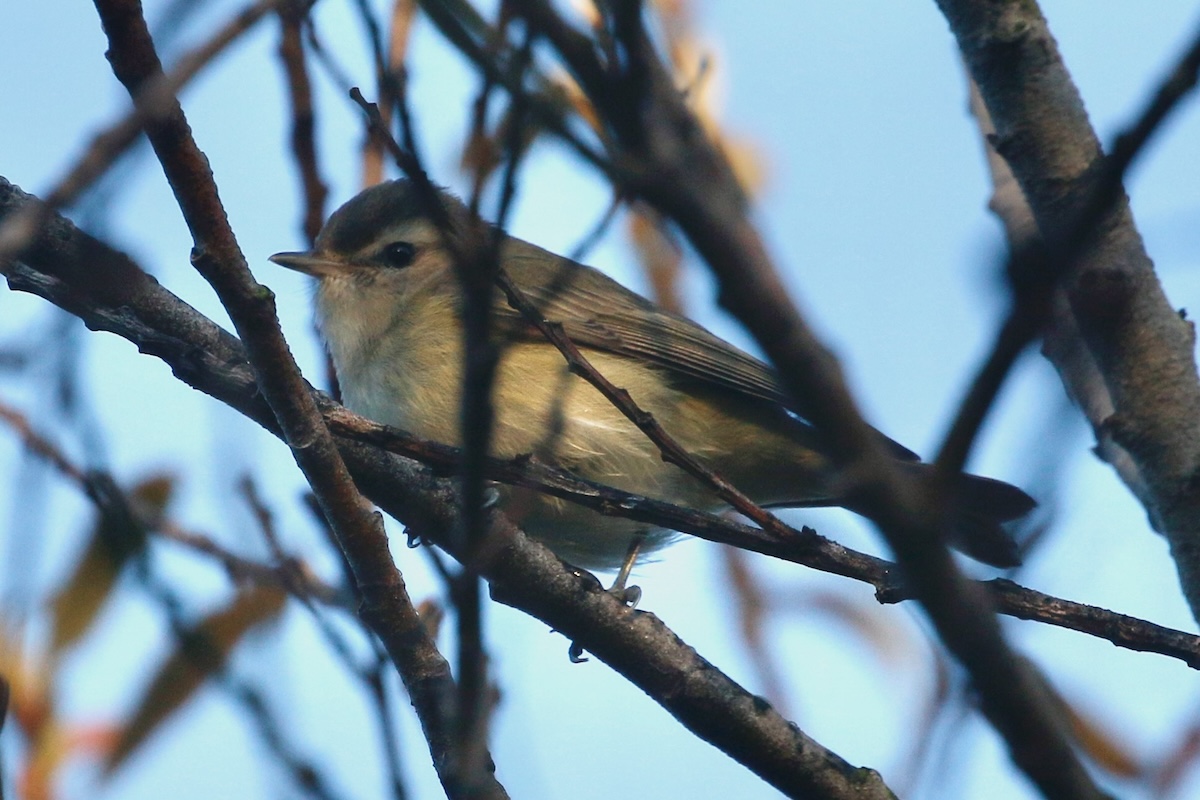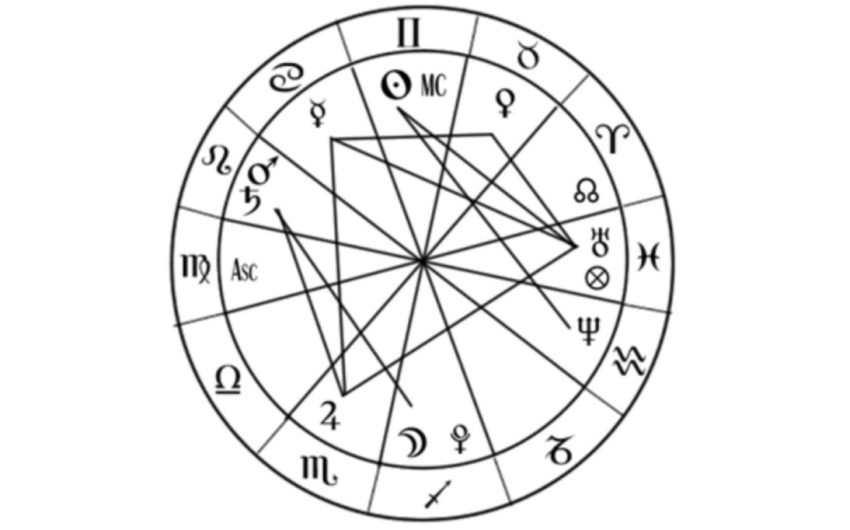Birds Are Everywhere. Let’s Keep It That Way
Data from Santa Barbara Christmas Bird Counts Documents Declines

It was the kind of day we dream about having for the bird count: clear, still, and mild. My day started an hour before dawn when Peter and I met in a local park, hoping to hear a burrowing owl. All we got for our troubles was a great horned owl gliding close over our heads. We split up as the sky lightened; he went to Elings Park and I went to Bohnett Park, where I had to try to find a couple of stakeout birds. Stakeouts are rare birds that have been consistently seen or heard in an area and have a good chance of being found on the big day. I got lucky.
The eastern phoebe, which managed to disappear high into the trees most times when birders were in pursuit, was sitting on a boulder in plain view. This proved to be the only one seen in the count circle, as was the next bird I hoped to see at Bohnett. It didn’t take long before I found the venerable warbling vireo, warming in the first of the sun’s rays to hit the willows. This bird has now returned to the park for 12 years, and every year I think it will be its last.
My luck held at the zoo, where, for many years now, I have had the privilege of birding before the public is allowed entry. There was another stakeout bird there, an orchard oriole. I anticipated a long wait for her to show, but she came after only a five-minute wait — perfect. The oriole was another that was the only one for the count. Two male Wilson’s warblers and a tropical kingbird were good finds at the zoo as well.

I got in touch with Peter, and he had found the rarities he was looking for at Elings Park: a sage thrasher and a lark sparrow. Word came through that a brown thrasher, a vagrant from the east and only discovered the previous day, had been seen at Stowe Grove Park. Along with the common California thrasher, we had an unheard-of three thrasher species for the day.
When we met in the evening for the count compilation at the Museum of Natural History, there was a buzz in the air because of the successful days most birders felt they’d had. There were high hopes that we’d have recorded a higher diversity of species than in recent years. And indeed, we had, despite some misses of birds that we thought were slam dunks. The total seems to have settled at 213 species, the best we’ve managed since 2015. Rare birds are catnip for birders — there’s a thrill with experiencing the out of the ordinary — and many were seen on the count.

Diversity? Yes! Birds abounding! Not quite. We need to take a sobering step back from such optimism. Of the total number of species observed, 40 were sightings of single birds, such as the warbling vireo at Bohnett Park. Forty. That’s approximately 20 percent of the grand total. And there were several other species that were represented by just two or three individuals.
But what about the total number of individual birds seen inside the count circle? That number is not yet available; the hardworking count committee has to look through everyone’s lists to make sure there’s no double counting. My own observation, based on many years of returning to the same areas, is that wintering birds continue to decline. Two species that I hope to see many of and have seen in the hundreds in years past are the yellow-rumped warbler and white-crowned sparrow. While they were still reasonably common, I was hard-pressed to find any at a few locations.
Before the count compilation began, Linus Blomqvist with UCSB’s Bren School gave a talk about some important work he’s been doing with data from previous Christmas Bird Counts going back to the 1960s. All the data he has graphed can be found here: linusblomqvist.shinyapps.io/cbc_shiny.
What Blomqvist discovered was that, from about the mid-’70s on, the number of party hours (the hours spent by groups or individuals in the field), has remained remarkably consistent. With that being so, the total number of birds seen should also remain fairly constant. Sadly, that is not the case. There are naturally fluctuations from year to year, but the alarming trend is a downward one. For example, in 1980, 60,844 individual birds were seen. In 2023, the number stood at 26,440. The observations of birders about a not-so-slow decline in local birds is mirrored by the data.

Blomqvist has also tabulated the numbers of birds seen by species. So, what of my yellow-rumped warblers and white-crowned sparrows, two of our commonest wintering birds? In 2001, there were 5,487 warblers tallied, and there were just 1,633 in 2023.
And the sparrows? In 1990, after which there was a steep decline, there were 3,542 birds, and in 2023, only there were 979.
There are many well-documented reasons for the decline of birds, all human related. It’s easy to wring our hands and bemoan the losses. But there are concrete steps we can take to try to help our birds. These include driving less and trying to reduce our greenhouse-gas output in other ways; keeping cats indoors; not letting dogs chase birds on the beach; planting natives to help rebuild the bottom of the food chain; donating to conservation groups, whether local, such as the Santa Barbara Audubon Society, or to larger groups, such as The Nature Conservancy; and, last but not least, sharing your love of the natural world with others. The more people fall in love with the wonders of nature, the better chance they’ll want to protect it.
Hugh Ranson is a member of Santa Barbara Audubon Society, a nonprofit organization that protects area birdlife and habitat and connects people with birds through education, conservation, and science. For more information, see SantaBarbaraAudubon.org.









You must be logged in to post a comment.